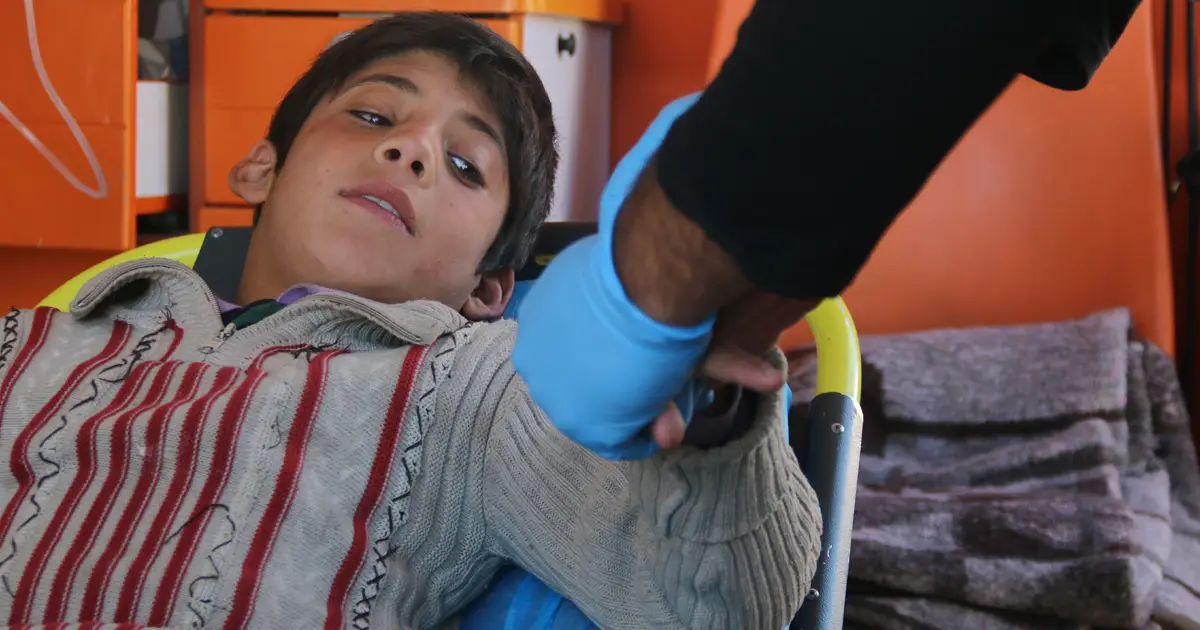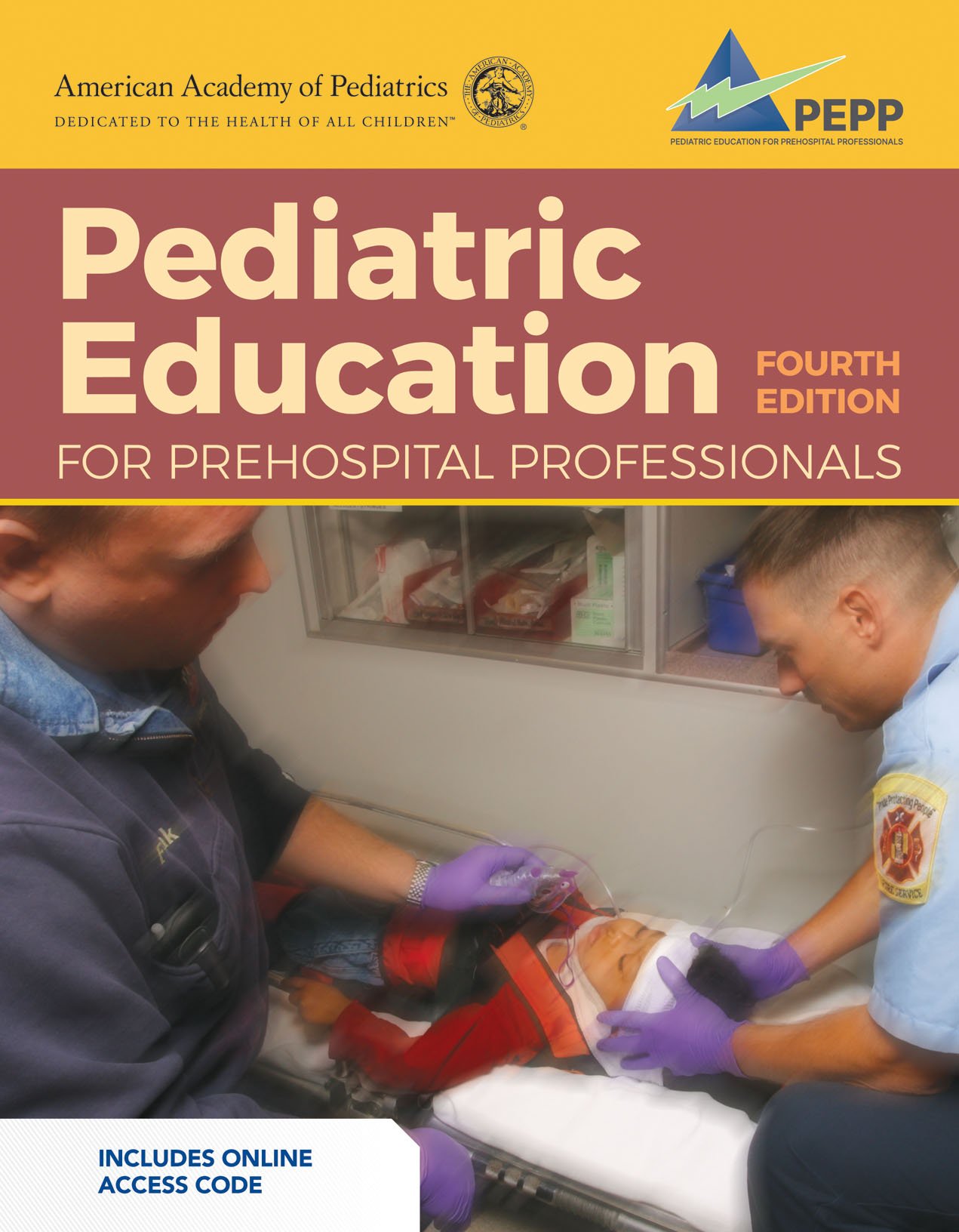A Guide to Pediatric Pain Management for Emergency Responders

Pain in pediatric patients is a challenging topic for many first responders. As EMS professionals navigate the complexities of treating pain in children, they must use a combination of advanced protocols and a deep understanding of their young patients’ unique needs.
Changes in Pediatric Pain Management
The approach to pediatric pain control has undergone significant changes over time, shifting from the misconception that children were less susceptible to pain. This change has prompted many EMS professionals to reconsider their reluctance to administer medications to pediatric patients. Dr. Rudy Kink, a pediatric emergency medicine physician at Le Bonheur Children's Hospital and the Medical Director of PediFlite, has observed these changes firsthand.
“A lot of EMS personnel felt uncomfortable about administering pain meds, especially opioids,” said Dr. Kink. His insights into pediatric pain management are further reflected in articles for the American Academy of Pediatrics (AAP), which serve to educate and guide EMS providers in delivering compassionate care to children in need.
Dr. Kink discussed not only the change in perspective surrounding pediatric pain, but also the switch to a more proactive stance in treating the pain, with EMS providers now using medications such as morphine, ibuprofen, ketamine, and fentanyl. He states this evolution is partly due to the changes in responsibilities for emergency care providers.
“The scope of practice changes based on the level of our provider," he said. For instance, an emergency medical responder (EMR) focuses on pain assessment and comfort measures, learning in Pediatric Education for Prehospital Professionals (PEPP) how to utilize the pediatric assessment triangle. Dr. Kink emphasizes that even simple actions, such as immobilization for a broken arm or leg, are within the EMR's scope of responsibilities.
Important Considerations in Pediatric Pain Management
The decision to administer pain medication is one made with careful consideration. Medication selection and timing are both key to the management of pediatric pain.
“If someone has an obvious deformity, we have protocols to administer fentanyl,” Dr. Kink said. “The reason we use fentanyl is because it’s a quicker onset pain medicine.”
Dr. Kink notes that while fentanyl's effects may be short-lived, it can be complemented with morphine 30-45 minutes later to extend pain control for four to six hours.
Using PEPP for Specific Medication Dosages
A critical skill in pediatric care is picking the right medicine for the right problem. Dr. Kink credits PEPP for providing a full understanding of the medication options available, as well as a weight-based approach to dosage.
“Providers know what the medicine is, the side effects of it, the current doses of it, and how quickly it takes to work," he said. Through PEPP, providers are equipped with knowledge that ensures safe and effective treatment for their young patients.
Measuring Pain and the Effectiveness of Treatment
Pain assessment in pediatric patients requires a nuanced approach, due to the varying ability of children to communicate their pain. For the youngest, nonverbal group, such as infants, Dr. Kink recommends using the FLACC scale, which involves interpreting a series of facial expressions to gauge discomfort. As children mature and become more vocal, EMS practitioners can use tools like the Wong-Baker FACES® Pain Rating Scale, where patients can point out how they feel. For older children, a numerical scale is appropriate.
No matter which pediatric pain chart is used, Dr. Kink emphasizes that being able to assess interventions is the most important consideration.
"So, if I have a 10 out of 10 pain, I'm hoping my intervention would cut my pain scale,” he said, noting that pain scales are instrumental in measuring the effectiveness of treatment.
In guiding EMS workers and parents, Dr. Kink advises taking the child's reported pain at face value. He encourages a nonjudgmental stance, regardless of subjective perceptions of pain expression.
How to Effectively Communicate with Families
Dealing with pediatric pain is a complex situation that is filled with emotion from both the family and the healthcare provider. Dr. Kink describes it as a two-step process.
“When you look at it first from a family perspective, they want to ensure that their child's pain is taken care of and that their child will be all right. And that's really the role of our EMR, our paramedics, our EMTs and advanced EMTs. They can provide the family with that assurance after assessing them using that pediatric assessment triangle that we see in PEPP,” he said.
Through education and communication, EMS providers can confidently address the concerns of both the patient and their family, ensuring a more compassionate and effective response to pediatric emergencies.
"Step two is explaining to the family why they're picking that particular medication for their child at this time,” he said. “Having that education really helps the provider in ... treating the families by discussing why they're doing it."
Caring for Children with Special Needs
Working with children who have special needs, particularly those with autism, presents unique challenges and opportunities for EMS providers. Many families are hesitant to involve EMS due to potential difficulties for the child and the provider.
Dr. Kink's advice to EMS providers is clear: "Listen to the parent." He emphasizes that parents of children with special needs know what to look for in their child's condition and can often detect when something is amiss, even if the child is nonverbal. He also urges providers to actively engage with parents by asking about comfort measures that are most effective for their child. A favorite blanket, a teddy bear, or music can be beneficial during transport.
Protecting Mental Health in EMS Workers
EMS workers face considerable stress when managing pediatric patients, and protecting their mental health is paramount. Dr. Rudy Kink advises EMS personnel to follow a circular plan that starts with education and preparation.
“Before they even go on the calls, think about what is the most anxiety-provoked pediatric patient they may have, and then what they should do is learn about it,” he said. Understanding and having a plan for these scenarios can significantly reduce stress.
“Your muscle memory and your training can take over and then just remember you have the resources available to treat that patient,” he said. Once a call is complete, taking a second look can give an EMS practitioner the opportunity to reflect on what went well and what could be improved.
“After a call is done, it's always great [for the EMS professional] to debrief mostly with senior members of your staff or your medical director and say, 'Hey, what went really well? What went wrong? What could have been better and did? Is there anything else we should have done or that we didn't do correctly?'” he said.
Addressing pediatric pain presents unique challenges. However, with specialized training and a commitment to compassionate service, EMS teams can ensure children receive the quality care they deserve during their most vulnerable moments.
Pediatric Education for Prehospital Professionals (PEPP), Fourth Edition
Developed by the American Academy of Pediatrics (AAP), the fourth edition of PEPP pairs physicians and EMS professionals together to ensure the content is medically accurate, shares current best practices, and reflects the realities of the field.
Request More Information